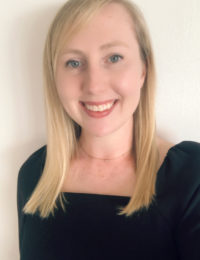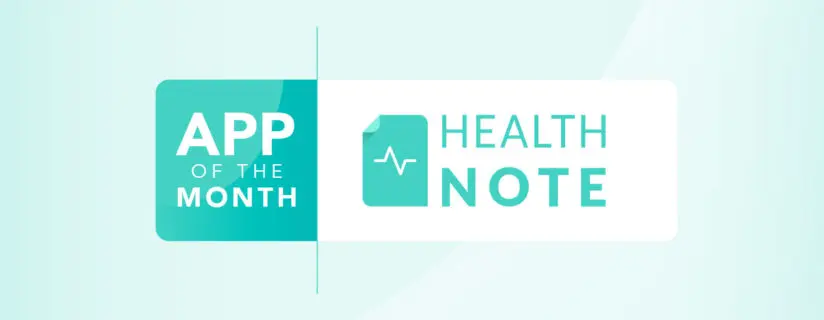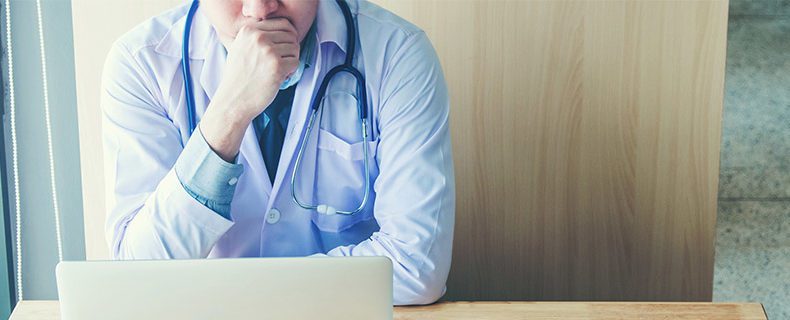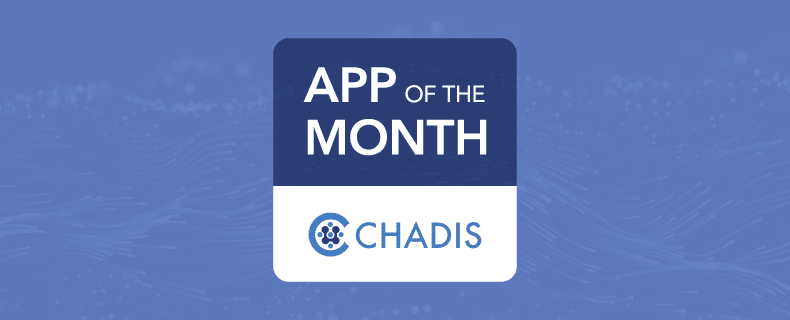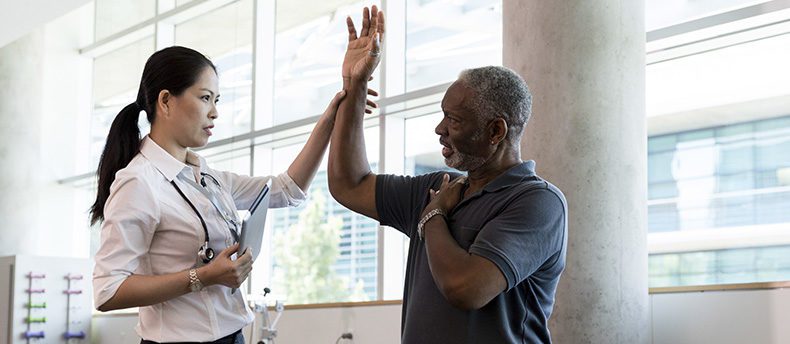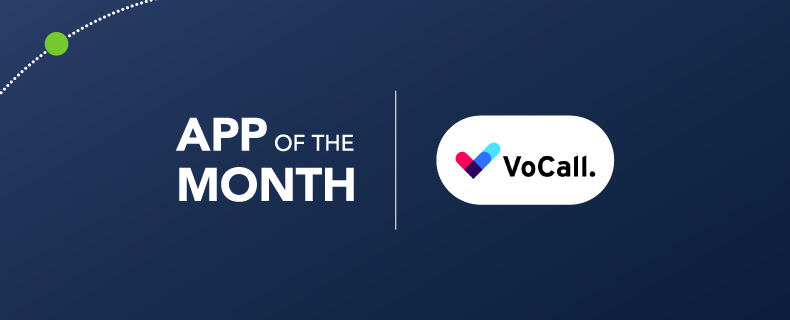Blog Posts
Transforming the virtual health landscape
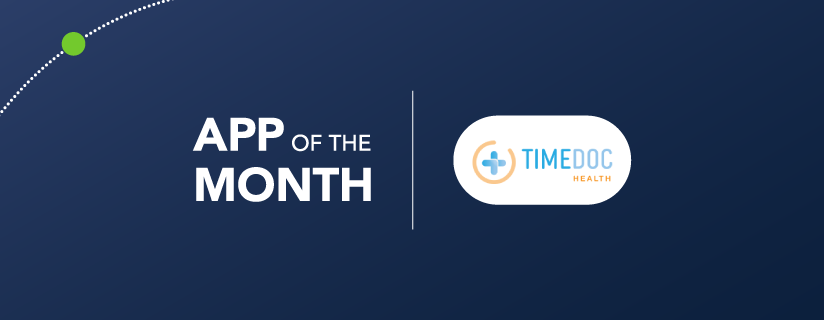

Virtual care management grew in popularity in 2020 as coronavirus forced a reduction in face-to-face visits, changing the way people receive care. Even as in-person doctor visits become available, many patients are likely to opt for other avenues of care, including virtual care management programs like chronic care management (CCM) and remote patient monitoring (RPM).
But what are CCM and RPM?
Chronic care management, or CCM, bridges the gap between face-to-face appointments to improve the health outcomes for patients with chronic conditions by addressing their gaps in care. Chronic conditions can be anything from asthma and diabetes to cancer and hypertension.
Remote patient monitoring, or RPM, delivers asynchronous care by enabling patients to submit vital health metrics directly to their provider team—outside the healthcare setting. Patients have an at-home device to test and record their vitals, whether it is as simple as a scale or a blood glucose monitor.
Both CCM and RPM have focused goals in mind: managing patients’ conditions and improving the patients’ quality of life through meaningful patient care.
TimeDoc Health introduces an Allscripts-integrated solution
While CCM and RPM can be beneficial to patients and providers, technology limitations can hinder healthcare organizations from scaling these programs to their large number of eligible patients. TimeDoc Health has developed a bi-directional integration with Allscripts Professional EHR™ and Allscripts® Practice Management solution to help practices improve the efficiency of their virtual care management programs.
Through this integration, providers on both systems benefit from data synchronization between their Allscripts systems and TimeDoc Health software, effectively optimizing clinical workflows. This data synchronization enables patient information such as ICD-10 diagnosis, active medication, and patient documents such as care plans and encounter summaries to be transferred between the two systems, drastically reducing the need for double documentation.
Most of all, billing charges are automatically pushed into the provider EHR system for quick review and approval, significantly reducing the hours spent on manual billing and saving practices immensely on operational billing costs. With this integration, providers can streamline their RPM and CCM workflows under one platform and one care manager.
There are many benefits from combining chronic care management and remote patient monitoring, including:
- Provides patients better access to care
- Improves clinical outcomes
- Offers new reimbursement opportunities for providers
- Increases care plan quality
Join us on Tuesday, May 25 at 1 p.m. to learn more about how you can generate a new revenue stream while providing valuable patient care through initiatives like remote patient monitoring and chronic care management.
